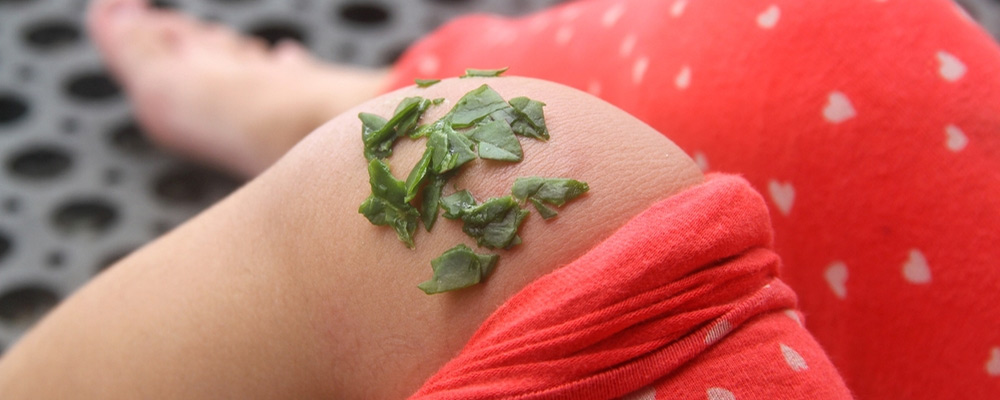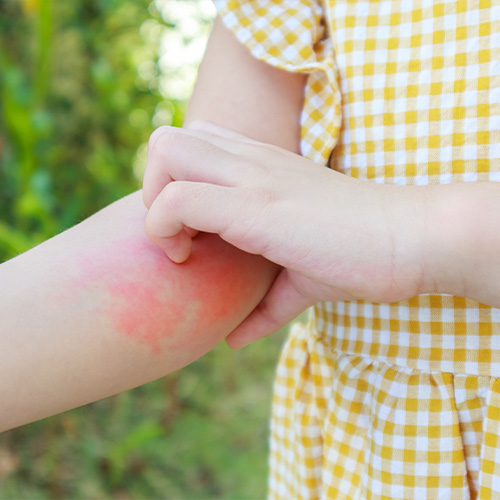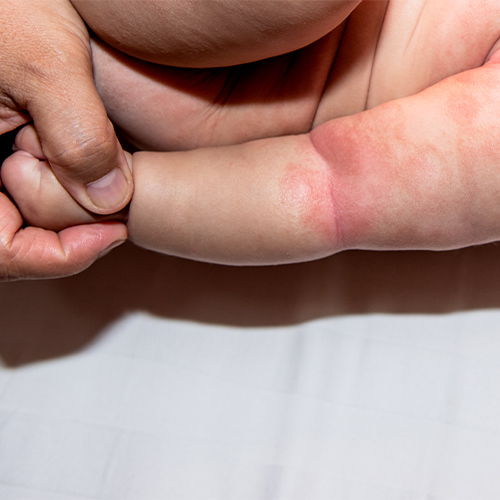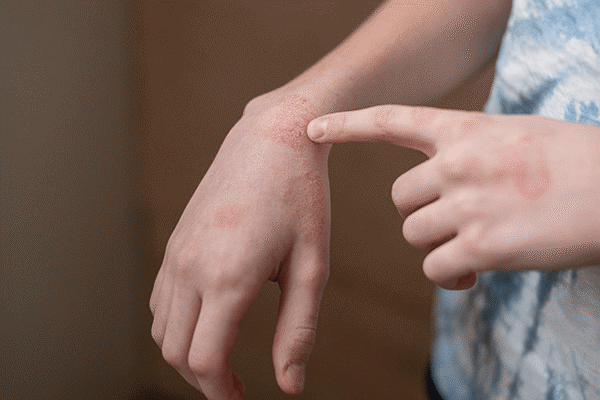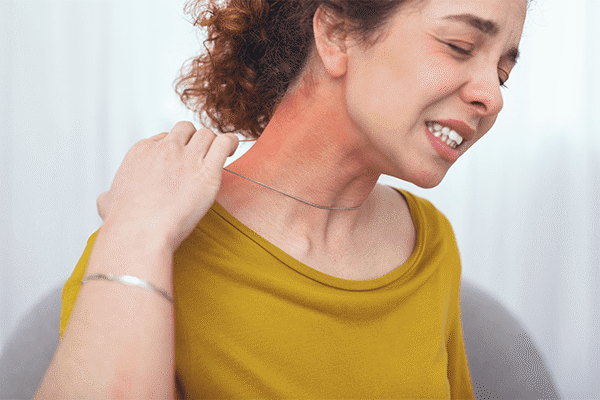Updated on January 10, 2024
Introduction
Flexural eczema is a common manifestation of eczema or atopic dermatitis. It is common in childhood and usually heals as the child grows old. However, if adults develop this condition, it needs to be managed with dermatological treatments and care but, the path to treatment might not be as straightforward or helpful for everyone. In this blog, we will find out the answers to: What is this condition and is it chronic? By the end of this blog, you will find out: Does flexural eczema go away on its own, and what treatments does it have?
Revival Research Institute is conducting various dermatological clinical trials, including atopic dermatitis clinical trials, in its bid to help people suffering from skin conditions. Our clinical trials aim to offer potentially novel therapies to individuals who find it hard to seek appropriate treatment via conventional medications and treatment options.
What is Flexural Eczema?
About 31.6 million people, which equates to 10.1% of the U.S. population, have some form of eczema. It is a common skin condition that leads to inflammation and symptoms like dryness, rashes, and scaly patches. If one gets a diagnosis of eczema, there is a high chance that it could be atopic dermatitis, the most common form of eczema. It affects the areas of the skin like the bending surfaces of the hand, arms, legs, and feet. When atopic dermatitis affects these areas of the skin it is termed as flexural eczema.
Flexural eczema leads to the emergence of reddened, inflamed, and pruritic skin patches around the joints. This persistent condition entails the possibility of observing periods of symptom relief, followed by their resurgence after several weeks, months, or even years. Normally, an eczematous rash initiates skin itchiness.
Symptoms of Flexural Eczema
This type of eczema affects body parts that bend and where skin comes in contact with itself. These symptoms are most common in elbows and knees, but the ankles, neck, and wrists are also common sites of eczema, too.
The symptoms of flexural eczema are similar to eczema; they just appear in skin folds rather than smooth skin surfaces. However, they can vary from individual to individual, with some people having minor symptoms and others having a tough time with symptoms because of their severity.
However, it is noteworthy that people with flexural eczema can have other types of eczema as well.
What is flexural eczema and what are its symptoms? The National Eczema Association describes the following as symptoms:
- Itchy skin
- Dryness
- Inflammation and discoloration
- Scaly patches of skin
- Blistering
- Oozing fluid
- Trouble falling asleep due to persistent itching
- Pain
- Hardened skin
Causes and Triggers of Flexural Eczema
The causes of flexural eczema are similar to that of eczema. Multiple factors can contribute to eczema, including environmental and genetics. The body produces inflammation when an external or internal allergen or irritant makes the immune system go into overdrive.
There is also a potential genetic component to eczema that plays a role in maintaining moisture in the skin. A deficiency of the protein filaggrin can make the skin drier and itchier. Having family members with this condition may also put one at a higher risk.
Along with these factors, many common household items are also potential environmental irritants and can trigger allergic reactions leading to eczema flare-ups. Additional common triggers of eczema may include:
- Prolonged exposure to arid air, excessive heat, or cold temperatures
- Certain varieties of soap and shampoos that induce dander, as well as products like bubble bath items, body washes, and facial cleansers
- Laundry detergents and fabric softeners containing chemical additives
- Specific fabrics such as wool or polyester commonly found in clothing and bed linens
- Surface cleaners and disinfectants
- Natural liquids such as the juices from fruits, vegetables, and meats
- Aromas present in candles
- Metals, particularly nickel, often present in jewelry or utensils
- Formaldehyde, a component found in household disinfectants, select vaccines, glues, and adhesives
- Isothiazolinone, an antibacterial agent discovered in personal care goods like baby wipes
- Cocamidopropyl betaine, utilized for thickening shampoos and lotions
- Paraphenylenediamine, a substance utilized in leather dyes and temporary tattoos
- Dust mites and inhabiting unsanitary environments
Is flexural eczema an autoimmune disease? Find out here.
Treatments for Flexural Eczema
Does flexural eczema go away? There are certain remedies that one could take and available treatments in the market. One could try these and see if it benefits them.
The remedies are:
- Keeping the skin moist
- Avoiding triggers
- Using humidifiers
- Avoiding hot showers
One could also take advantage of certain topical medications like:
- Topical Steroids
- Topical Calcineurin Inhibitors (TCIs)
- Crisaborole (Eucrissa)
- Topical Janus Kinase (JAK) Inhibitors
There are also certain systemic treatments for eczema:
- Biologics
- JAK Inhibitors
- Immunosuppressant Drugs
- Phototherapy
Conclusion
What is flexural eczema and does it go away? Well, it depends on the age of the individual and the treatment they receive. It is a form of eczema that involves the flexural surfaces of the skin. If it is in children, there are chances that it may go away on its own.
Other times, especially for adults, the condition might not be so easy to treat via traditional medicines or remedies. This is where Revival Research Institute steps up and plays its part as one of the leading clinical research organizations in Michigan. We advise our readers to have a look at our dermatology clinical trials including our atopic dermatitis clinical trials and weigh their options to live a quality life.
FAQ's
Is flexural eczema similar to atopic dermatitis?
Flexural eczema is a distinct subtype of atopic dermatitis.
Can flexural eczema be contagious?
No, all forms of eczema, including flexural eczema, are non-contagious.
What leads to flexural eczema?
While the exact cause of flexural eczema is unknown, the condition’s risk can be heightened by genetic defects and allergies.
Does skin discoloration from flexural eczema go away?
Unfortunately, skin discoloration from eczema can often last a lifetime.

